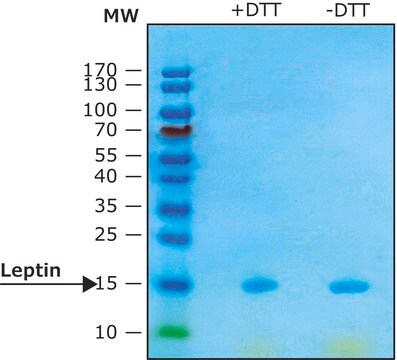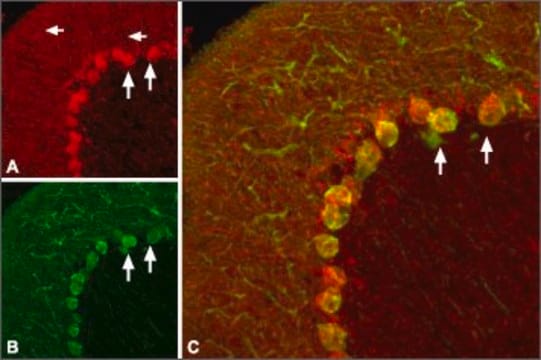S4944
Monoclonal Anti-Sonic Hedgehog (N-terminal) antibody produced in rat
clone 171018, purified immunoglobulin, lyophilized powder
Synonym(s):
Anti-Shh
About This Item
Recommended Products
biological source
rat
Quality Level
conjugate
unconjugated
antibody form
purified immunoglobulin
antibody product type
primary antibodies
clone
171018, monoclonal
form
lyophilized powder
species reactivity
human, mouse
technique(s)
capture ELISA: suitable
immunohistochemistry (frozen sections): 25 μg/mL using mouse embryo
neutralization: suitable
western blot: 1-2 μg/test
isotype
IgG2a
UniProt accession no.
storage temp.
−20°C
target post-translational modification
unmodified
Gene Information
human ... SHH(6469)
mouse ... Shh(20423)
Related Categories
Immunogen
Biochem/physiol Actions
Physical form
Disclaimer
Not finding the right product?
Try our Product Selector Tool.
related product
Storage Class Code
11 - Combustible Solids
WGK
WGK 3
Flash Point(F)
Not applicable
Flash Point(C)
Not applicable
Personal Protective Equipment
Certificates of Analysis (COA)
Search for Certificates of Analysis (COA) by entering the products Lot/Batch Number. Lot and Batch Numbers can be found on a product’s label following the words ‘Lot’ or ‘Batch’.
Already Own This Product?
Find documentation for the products that you have recently purchased in the Document Library.
Articles
Cancer stem cell media, spheroid plates and cancer stem cell markers to culture and characterize CSC populations.
Our team of scientists has experience in all areas of research including Life Science, Material Science, Chemical Synthesis, Chromatography, Analytical and many others.
Contact Technical Service








